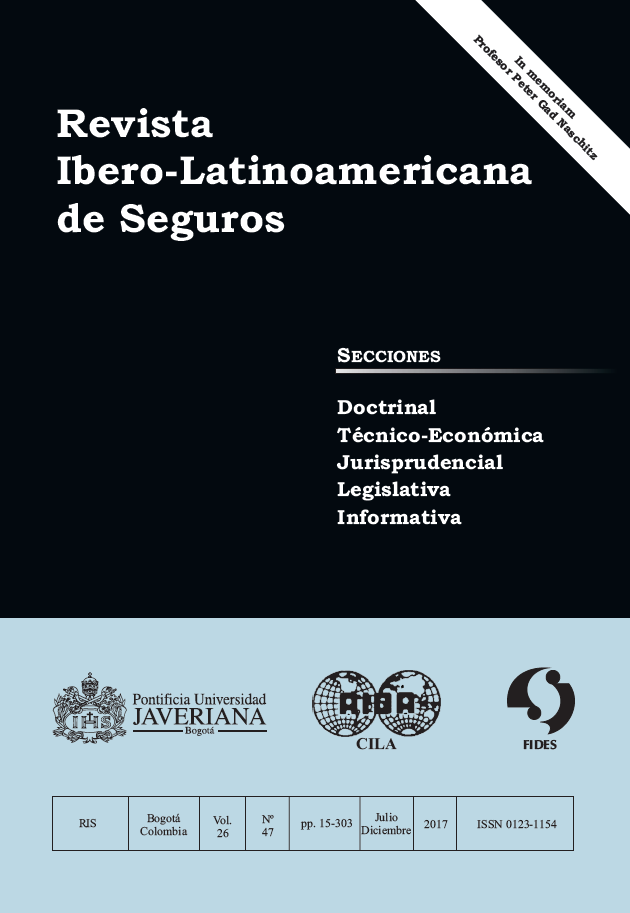Abstract
The rapid aging of the population is affecting all developed countries, although in Spain it started 10 years later than in the rest of Europe. This aging is mainly due to the fact that the number of births does not not guarantee the generational replacement, which results in a reduction of the population in the medium term, while at the same time life expectancy is higher. From an economic point of view, this implies that pensions expenditure will have to increase, since the population aged 65 and over will rise and will also live for more years. This article analyzes the demographic factors that affect the aging situation of the Spanish population over the last 41 years.This journal is registered under a Creative Commons Attribution 4.0 International Public License. Thus, this work may be reproduced, distributed, and publicly shared in digital format, as long as the names of the authors and Pontificia Universidad Javeriana are acknowledged. Others are allowed to quote, adapt, transform, auto-archive, republish, and create based on this material, for any purpose (even commercial ones), provided the authorship is duly acknowledged, a link to the original work is provided, and it is specified if changes have been made. Pontificia Universidad Javeriana does not hold the rights of published works and the authors are solely responsible for the contents of their works; they keep the moral, intellectual, privacy, and publicity rights.
Approving the intervention of the work (review, copy-editing, translation, layout) and the following outreach, are granted through an use license and not through an assignment of rights. This means the journal and Pontificia Universidad Javeriana cannot be held responsible for any ethical malpractice by the authors. As a consequence of the protection granted by the use license, the journal is not required to publish recantations or modify information already published, unless the errata stems from the editorial management process. Publishing contents in this journal does not generate royalties for contributors.


